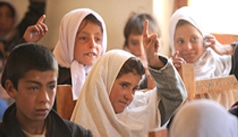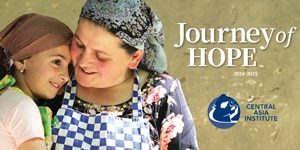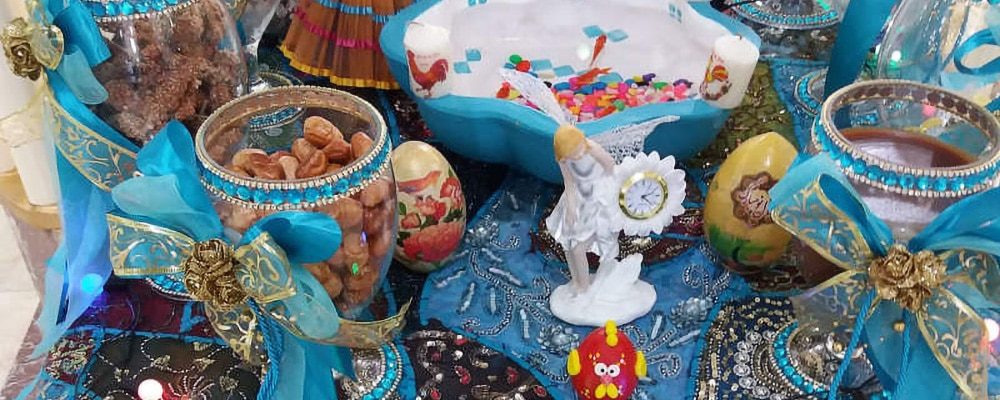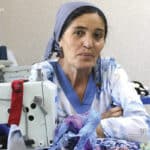Nowruz: Celebration of Good Fortune and Springtime
As winter begins to loosen its grip, millions of people around the world will welcome the warmer weather by celebrating the Persian New Year, Nowruz.
Nowruz was originally a Zoroastrian tradition, but it has become a part of many different cultures. Countries, like Afghanistan, Albania, Azerbaijan, Iran, Kazakhstan, Kosovo, Kyrgyzstan, Mongolia, Tajikistan, Turkmenistan, and Uzbekistan, even observe it as a national holiday.
Nowruz – meaning “New Day” in Persian – coincides with the vernal equinox and the onset of spring. Harvest festivals, outdoor games and dancing, and presentations of nature’s bounty are all ways that the New Year is celebrated.
Want to have your own Nowruz celebration? It’s easy. Our favorite way to celebrate is by making the traditional Afghan dessert, haft mewa. Watch the video below to learn how to make your own haft mewa.
Haft Mewa
In Afghanistan, haft mewa is a favorite Nowruz dessert. Representing the various elements of nature, it is comprised of seven fruits: pistachio, walnuts, raisins, dried apricots, almonds, prunes and senjid (the dried fruit of the oleaster tree). The fruits are washed, boiled, and peeled, then left to soak in warm water. The syrupy fruit medley is served to friends and family as a symbol of good fortune.
Sal-e No Mubarak! (Happy New Year)
For other Nowruz traditions check out these articles:











